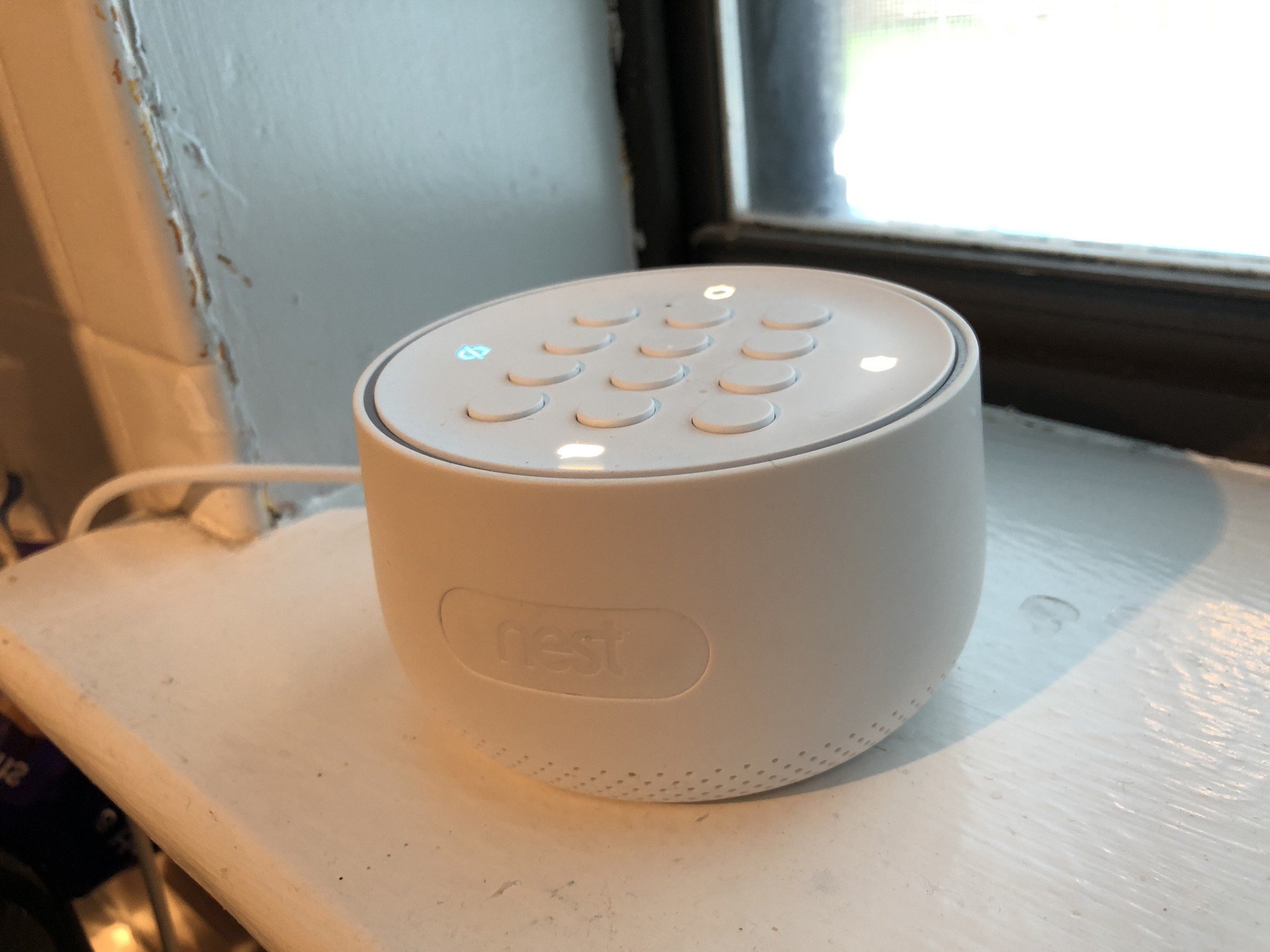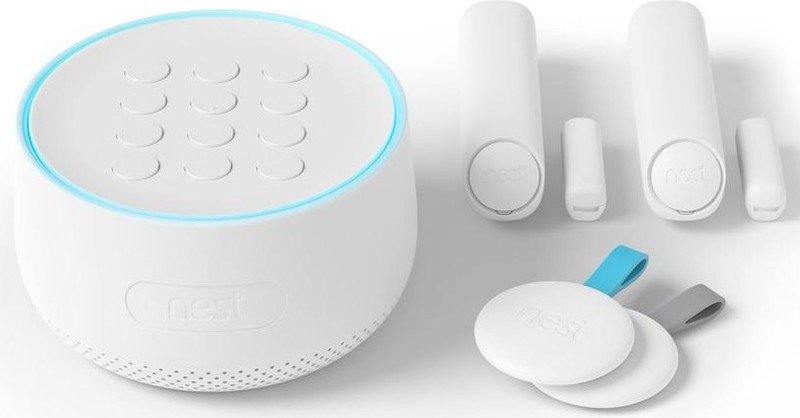Nest Secure will soon be able to detect breaking windows

What you need to know
- Nest Secure will begin rolling out Glass break detection in early November.
- Glass break will work best when it is within 15 feet of the door or window you want monitored in a quiet home.
- Sound processing will take place on the device itself and audio will not be sent to Google's servers.
If you've got a Nest Secure, your home is about to get a little safer because it will soon be able to detect the sound of glass breaking. The new feature is set to roll out in early November and will be able to detect sounds of breaking glass from a window or door with its built-in microphone and then sound the alarm.
Previously, the microphone was reserved exclusively for Google Assistant commands, but soon that won't be the case. And while Glass break may make your home safer, it can also raise some new privacy concerns. Not to worry though, Google ensures that even though it is possible for it to misclassify some loud sounds as glass breaking, that all the audio will be processed on the device itself and will not be sent to Google servers.
Glass break detection will be disabled by default, but once it rolls out, you can enable it in the app by following these steps.
- Open your Nest app.
- Tap the Settings icon on the Nest app home screen.
- Select Security > Security levels.
- Choose Away and Guarding or Home and Guarding.
- Tap Glass break detection.
- Turn on Glass break detection and choose the amount of time you want before the alarm sounds.
- To set up glass break detection in another security level, go back to step 3.
Even after enabling Glass break detection, there are some things to keep in mind. For starters, your Nest Secure must be placed within 15 feet of the window or door you want it to monitor. Also, there must not be any obstructions in the way such as curtains or a wall because it could interfere with your Nest Secure's monitoring. Finally, Glass break works best when your home is quiet, for example, when you are away from home or late at night when everyone is sleeping.
This isn't the first time we've seen this sort of security feature. Nearly a year ago, Amazon released something similar for its Echo branded smart speakers called Alexa Guard which detects sounds like glass breaking or even your smoke alarms and will push an alert to your phone. Perhaps we'll see Google roll this out to its Assistant-enabled speakers in the future if all goes well once it launches on the Nest Secure.
Get the latest news from Android Central, your trusted companion in the world of Android


